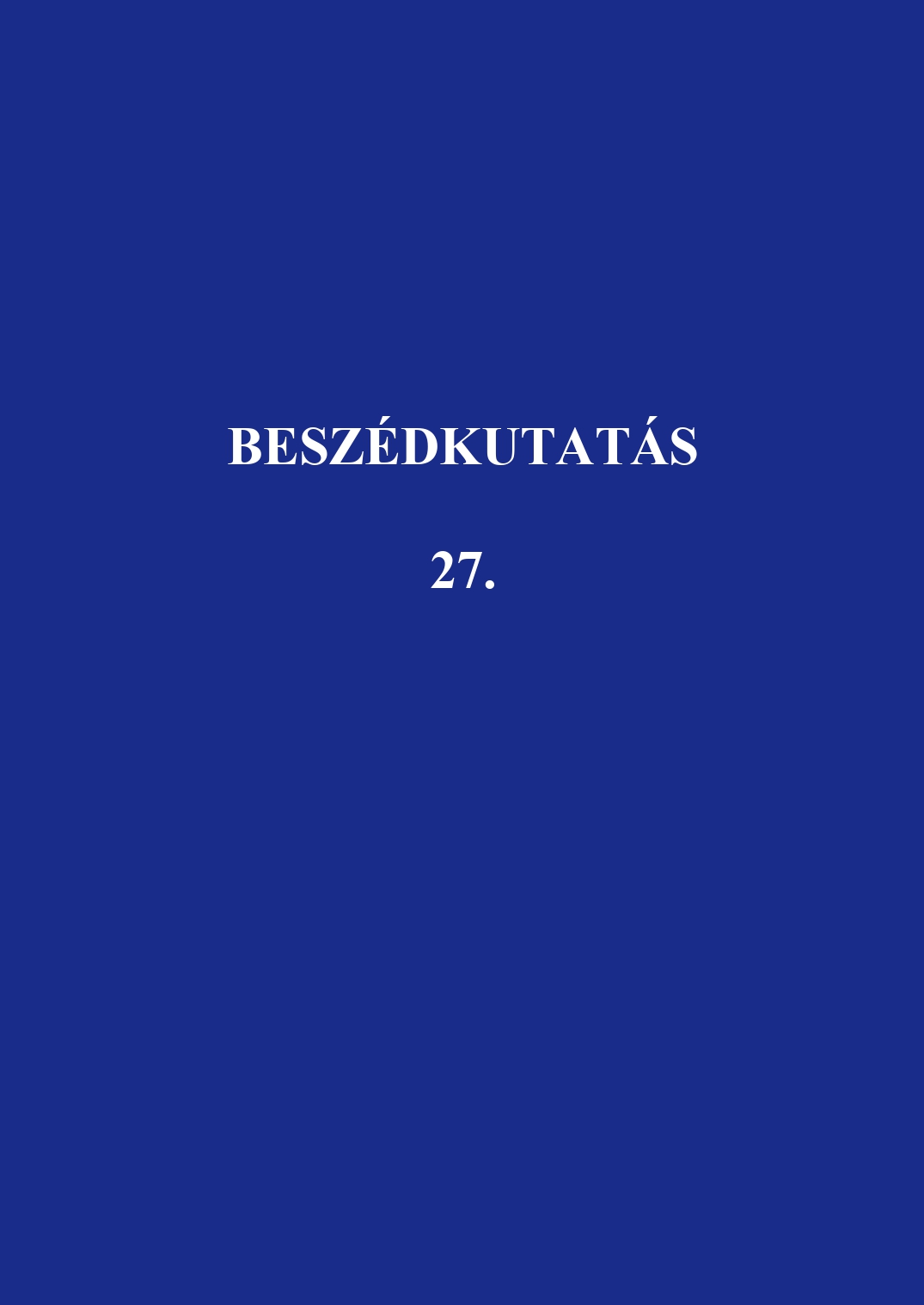Inszubordinált (függetlenedett) mellékmondatok a magyar beszélt és írott beszélt nyelvben
Absztrakt
Insubordination in spoken and in written spoken Hungarian
This study is the first attempt to examine insubordinate hogy (’that’)-clauses in spoken and written spoken Hungarian. Insubordination is the phenomenon when a clause has the formal features of subordinate clause but is used as independent, conventionalized main clause (for example: Hogy te milyen kényes vagy! ’How spoilt you are’). We found differences between the spoken and written spoken corpora in terms of insubordination, but we couldn’t find significant gender or age disparities. Hogy-insubordinations preferred to form collocations with discourse markers (tehát ’so’, hát ’well’, zóval ’so’) only in spoken genres, especially in conversations. The most frequent types of hogy-insubordinations had clear pragmatic, mostly metapragmatic functions: they expressed quotation, reformulation, added rhetoricity or emphasized speech acts like saying, questioning.
A Beszédkutatásba leadott tanulmányokat máshol változatlan formában megjelentetni nem lehet. Más személy a szerkesztőbizottság engedélyével és megfelelő hivatkozással használhat fel ábrákat a publikált tanulmányokból.





